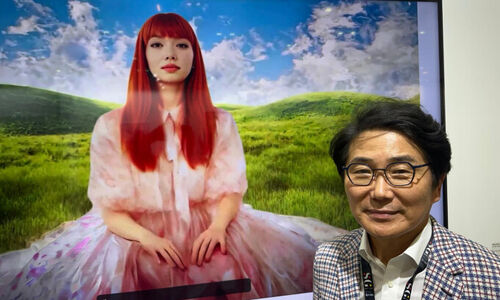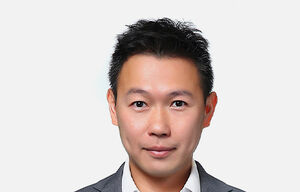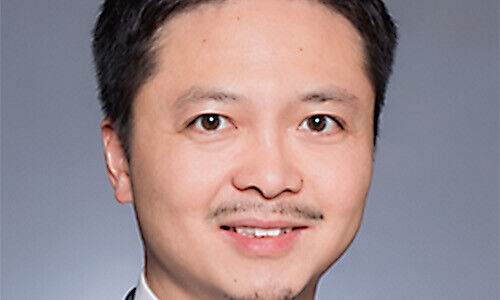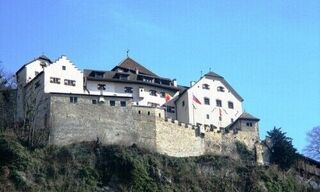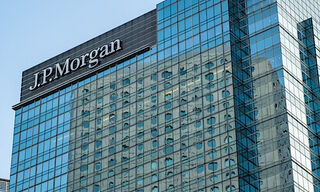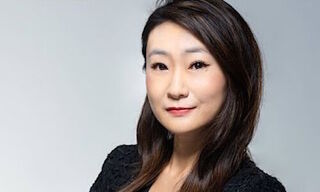Dong Jo Chang: «Singapore is the Future Art Hub»
Dong Jo Chang, the driving force behind The Columns Gallery, has spent over two decades shaping the Korean and Southeast Asian art markets. With galleries in Seoul and Singapore, he has witnessed the region’s evolution. In an interview with finews.asia, Chang discusses why he bets on Singapore over Hong Kong, and how ART SG is redefining the regional market.
Dong Jo Chang, how do you assess the current dynamics of the Asian art market?
Asia’s art market is at a pivotal moment. In 2022, South Korea's art market reached a record 1 trillion Korean won ($750 million), reflecting a significant surge in both domestic and international interest.
The broader Asian market has also seen rising collector engagement, with Southeast Asian buyers playing an increasingly active role. The demand for Asian artists is stronger than ever, and I believe this momentum will continue.
You opened a gallery in Singapore in 2019. What made you choose Singapore over Hong Kong?
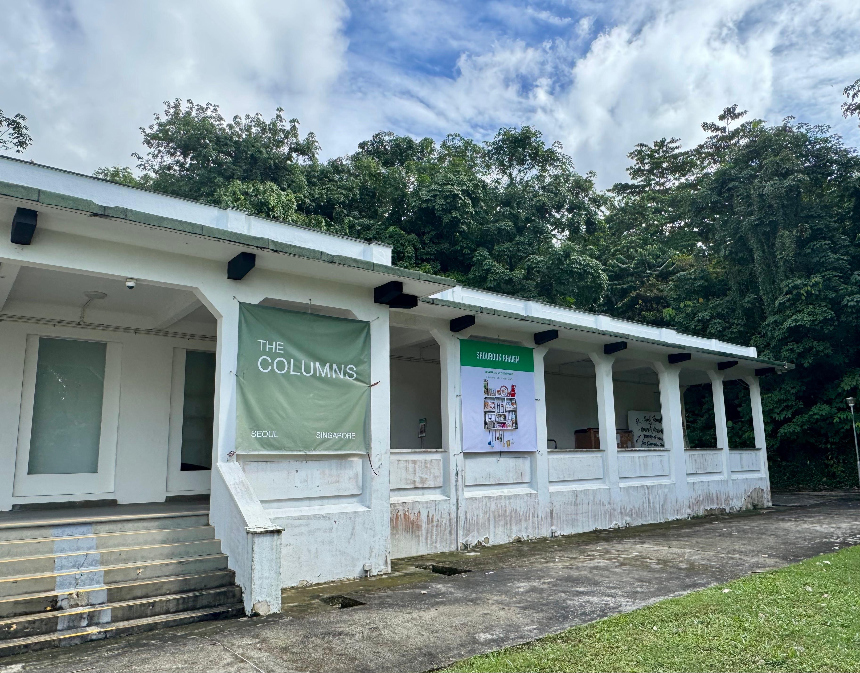
I saw Singapore as the future center of the Southeast Asian art market. Its political stability, strong financial infrastructure, and position as a cultural and business hub make it a natural choice.
«Hong Kong’s role as the primary Asian art hub has been challenged by geopolitical uncertainty»
While Hong Kong has historically dominated the market, Singapore’s tax advantages and $1.1 billion annual art trade volume are making it increasingly attractive. The rapid growth of ART SG is a testament to that shift.
Has the shift in Hong Kong’s political and economic landscape benefited Singapore’s art market?
Absolutely. Hong Kong’s role as the primary Asian art hub has been challenged by economic shifts and geopolitical uncertainty. Meanwhile, Singapore has drawn over $10 billion in new family office investments in 2023, a portion of which is flowing into art and collectibles.
The city’s combination of economic strength and regulatory transparency makes it an increasingly preferred location for international collectors and galleries.
Korean contemporary art has gained traction. What has fueled this rise?
Korea’s influence extends beyond K-pop and cinema. The Korean art market has been shaped by Frieze Seoul, KIAF, and an expanding institutional presence.
«Countries like Indonesia, Thailand, and the Philippines are seeing increased investment in contemporary art»
South Korea now ranks among the top 10 art markets globally, and the interest in Korean contemporary artists, especially Dansaekhwa masters, continues to grow internationally. Korean collectors are also broadening their scope, engaging more with Southeast Asian and Western artists, strengthening cross-regional connections.

Vistors at ART SG 2025 (Image: finews.asia)
Do you see synergies between the Korean art market and Southeast Asia?
Absolutely. Southeast Asia is home to a new generation of affluent collectors. Countries like Indonesia, Thailand, and the Philippines are seeing increased investment in contemporary art, and Korean artists are gaining traction in these markets.
This exchange is creating a dynamic bridge between Korea and Southeast Asia, where collectors and institutions are looking beyond their domestic art scenes to engage with regional and global talent.
You’ve participated in ART SG for three consecutive years. How do you evaluate the fair’s role in Asia?
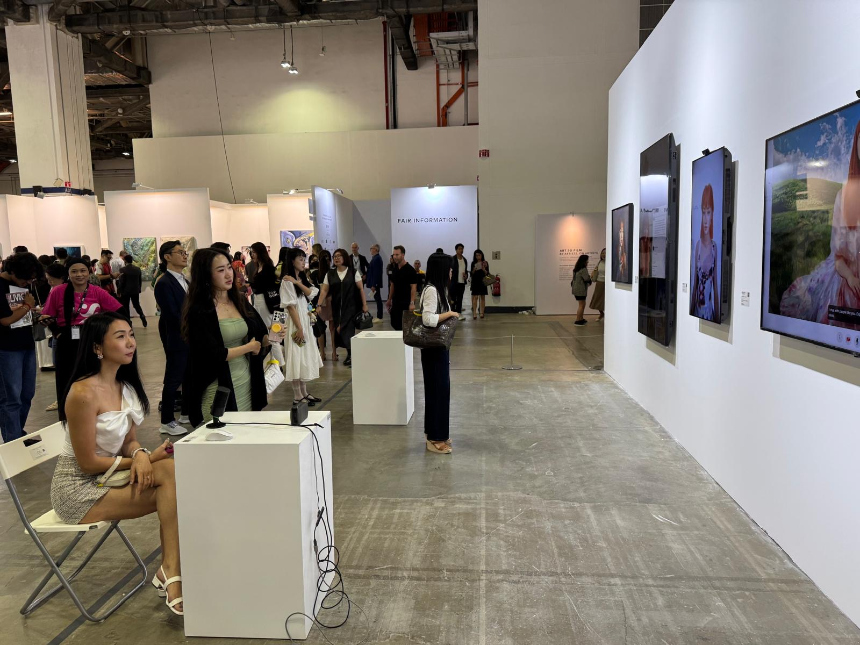
The Columns Gallery Booth at ART SG 2025 (Image: finews.asia)
ART SG has firmly positioned itself as Southeast Asia’s premier contemporary art fair. In 2024, it attracted over 45,300 visitors and 110 international galleries, proving its rising significance. The growing collector base and institutional support show that Singapore is a stable and expanding art market.
What opportunities does ART SG offer international investors and galleries?
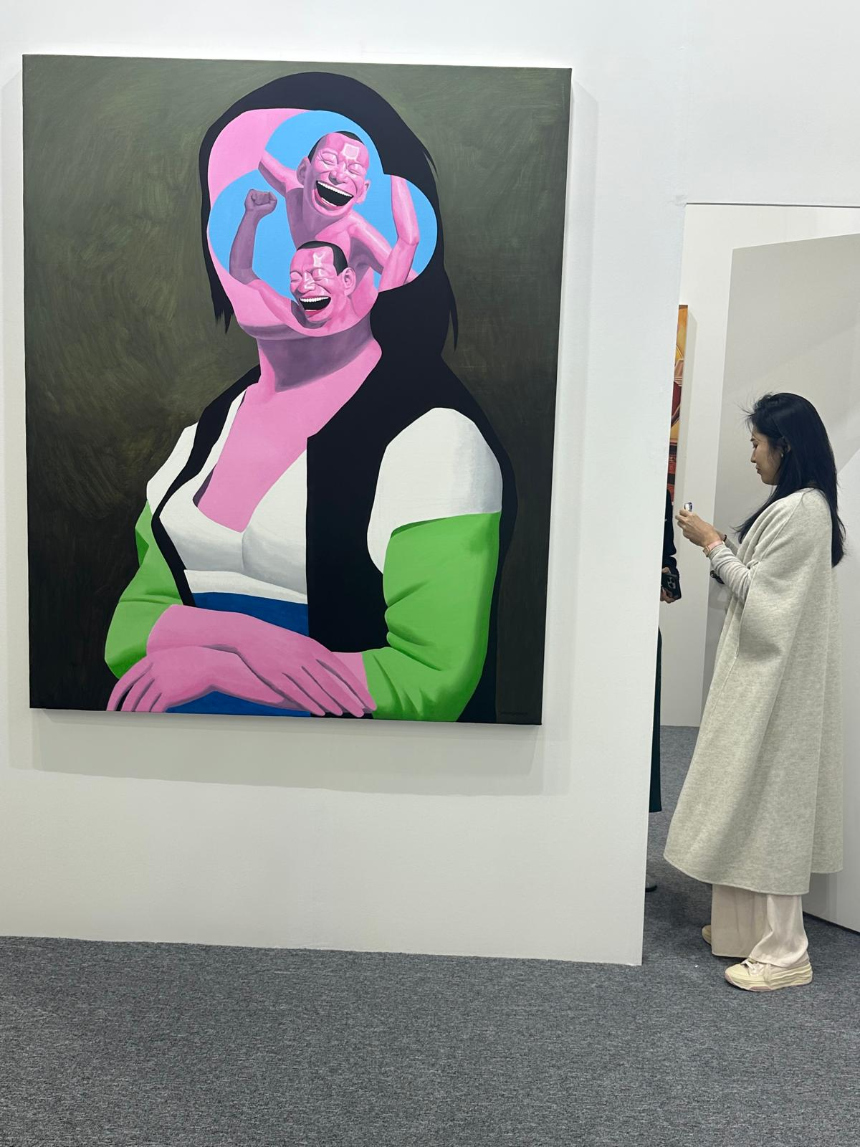
Artwork by Yue Minjun at ART SG 2025 (Image: finews.asia)
Singapore’s status as a global financial hub naturally extends to the art market.
The low taxation on art transactions, strong logistics infrastructure, and government-backed initiatives make it an ideal location for high-value art investments. ART SG serves as a key entry point for European and American galleries looking to engage with Asia’s next wave of collectors.
The Columns Gallery operates successfully in both Seoul and Singapore. What do you consider the secret to your success in such distinct markets?
For over 25 years, The Columns Gallery has been a vital bridge between Korea and the international art market, introducing Korean artists to a global audience while bringing international art to Korea.
With its participation in seven international art fairs last year, the gallery continues to expand its reach, promoting Korean artists on the world stage.
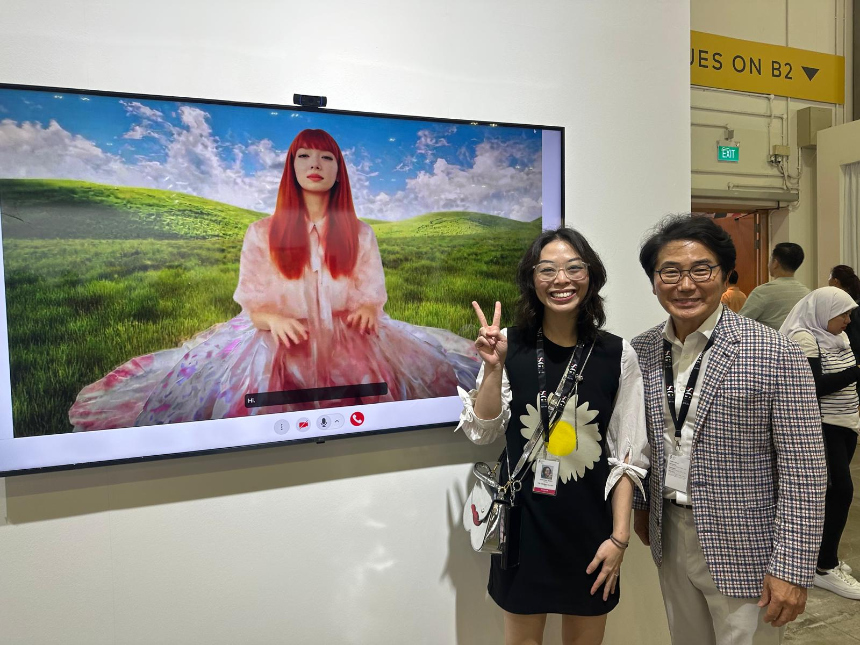
Artist Shavonne Wong and Dong Jo Chang (Image: finews.asia)
Dong Jo Chang is the founder of The Columns Gallery, with locations in Seoul and Singapore. Originally established in New York, the gallery relocated to Korea in 2005 and has since become a leading force in contemporary Asian art. Specializing in Korean monochrome painting (Dansaekhwa) and emerging Southeast Asian artists, The Columns Gallery connects Asian artists with the global market through participation in major international art fairs.
Interview by 唐思艺 (Táng Sī Yì)

